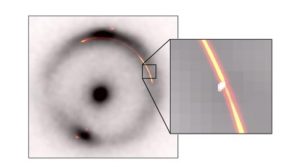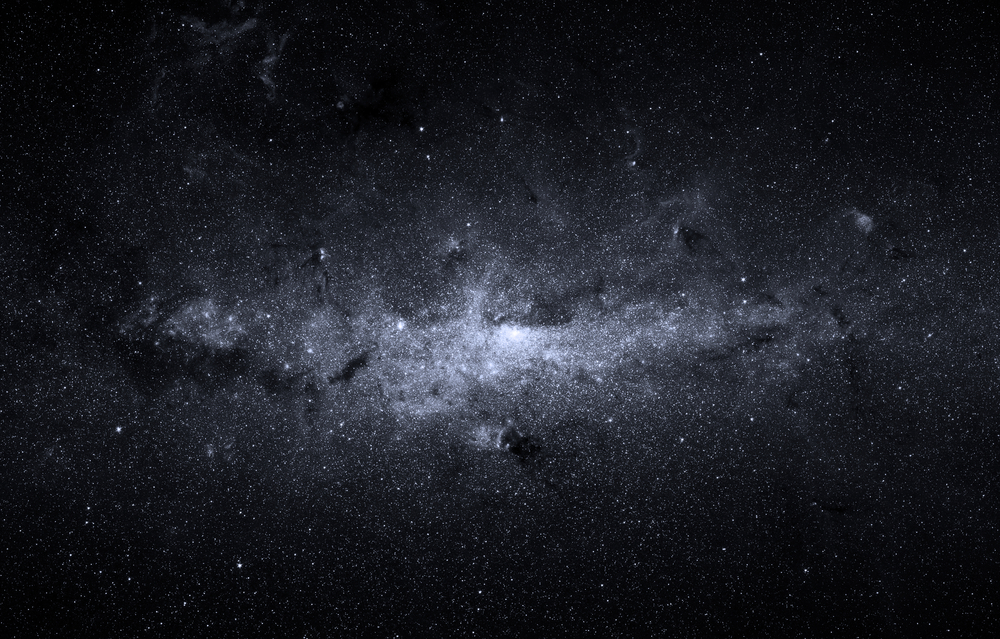Through a worldwide network of telescopes, astronomers have discovered the lowest-mass dark object ever discovered in the universe.
By clarifying the nature of this dark object, we may be able to eliminate theories about the nature of dark matter.
This mysterious object has about 1 million times the mass of the Sun. Its nature is unknown. It could be a clump of dark matter 100 times smaller than anything detected so far. Alternatively, it could be a very compact, inactive dwarf galaxy.
“It’s an amazing feat to detect such a low-mass object at such a distance from us,” said study co-author Chris Fasnacht, a professor in the Department of Physics and Astronomy at the University of California, Davis.
“Finding such low-mass objects is very important for understanding the nature of dark matter.”
Detecting dark objects with gravitational lenses
Dark objects do not emit light or other radiation. Therefore, it was detected by the way its gravity distorts light passing through it, or near it.
This effect is known as gravitational lensing, and astronomers can infer the amount of matter in invisible objects based on the distortion.
The new object is so small that it was detected by causing a small pinch in the distorted image caused by a much larger object, such as a scratch on a mirror in the recreation room.
Global telescope collaboration
The team used instruments such as the Green Bank Telescope (GBT) in West Virginia; Very Long Baseline Array (VLBA), Hawaii. And the European Very Long Baseline Interferometry Network (EVN), which includes radio telescopes in Europe, Asia, South Africa and Puerto Rico, will build an Earth-sized supertelescope to capture the subtle signals of gravitational lensing by mysterious dark objects.

This is 100 times the lowest mass object ever discovered by this technique, suggesting the method can be used to find other similar objects.
“Given the sensitivity of the data, we expected to find at least one dark object. Our discovery is therefore consistent with the so-called ‘cold dark matter theory’, which underlies much of our understanding of galaxy formation,” explained lead author Devon Powell from Germany’s Max Planck Institute for Astrophysics (MPA).
“Now that we’ve found one, the next question is whether we can find more and whether the numbers still match the model.”
The team plans to further analyze the data to better understand the nature of dark objects. They also plan to look for more examples of such faint objects in other parts of the sky.
Source link

